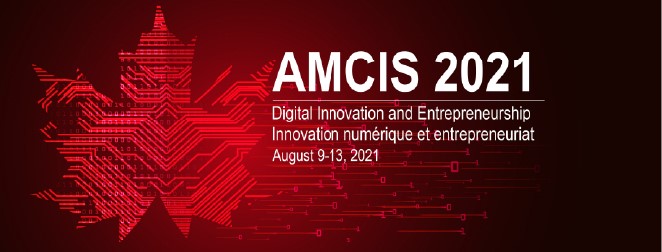Organization Transformation & Information Systems (SIG ORSA)
Real-time Analytics through Industrial Internet of Things: Lessons Learned from Data-driven Industry
Loading...
Paper Type
Complete
Paper Number
1212
Description
Industrial Internet of Things (IIoT) and the increasing role of real-time analytics (RTA) data are currently transforming industry and shop floor work. Manufacturing industry needs to adapt accordingly and implement systems solutions for rich data analysis to achieve increased business value. However, a data-driven implementation of RTA applications, often launched as “Plug&Play” solutions, often lacks both insights into shop floor work and the alignment to user perspectives. This paper focuses both on the technical implementation and the deployment of RTA applications from a design-in-use perspective and therefore we argue for congruence between a data-driven and a user-driven approach. The main findings reveal how configuration and implementation of RTA applications interplay with users’ work operations that further extends current IIoT layered models by aligning architectural levels with user and business levels. The main contribution is presented as lessons learned to inform sustainable and innovative implementation for increased business value for data-driven industry.
Recommended Citation
Hattinger, Monika; Lundh Snis, Ulrika M.; and Islind, Anna Sigríður, "Real-time Analytics through Industrial Internet of Things: Lessons Learned from Data-driven Industry" (2021). AMCIS 2021 Proceedings. 3.
https://aisel.aisnet.org/amcis2021/org_transform/org_transform/3
Real-time Analytics through Industrial Internet of Things: Lessons Learned from Data-driven Industry
Industrial Internet of Things (IIoT) and the increasing role of real-time analytics (RTA) data are currently transforming industry and shop floor work. Manufacturing industry needs to adapt accordingly and implement systems solutions for rich data analysis to achieve increased business value. However, a data-driven implementation of RTA applications, often launched as “Plug&Play” solutions, often lacks both insights into shop floor work and the alignment to user perspectives. This paper focuses both on the technical implementation and the deployment of RTA applications from a design-in-use perspective and therefore we argue for congruence between a data-driven and a user-driven approach. The main findings reveal how configuration and implementation of RTA applications interplay with users’ work operations that further extends current IIoT layered models by aligning architectural levels with user and business levels. The main contribution is presented as lessons learned to inform sustainable and innovative implementation for increased business value for data-driven industry.
When commenting on articles, please be friendly, welcoming, respectful and abide by the AIS eLibrary Discussion Thread Code of Conduct posted here.


